re-using Smart Pots and Roottrappers
hairmetal4ever
10 years ago
Related Stories
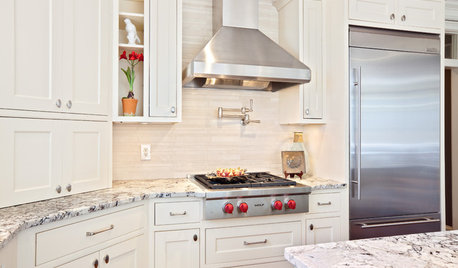
KITCHEN DESIGNHome Above the Range: Smart Uses for Cooktop Space
With pot fillers, shelves, racks and more, you can get the most function out of the space above your kitchen range
Full Story
HOUZZ TOURSMy Houzz: A Smart-Home Jewel in Vancouver
Fully automated, wise about energy use and with ecofriendly features, this Canadian home has become a highlight of the neighborhood
Full Story
COLORStreet Smart: Room Color Ideas from an Ice Cream Shop
Brooklyn mural inspires the use of playful watercolor hues around the house
Full Story0

LIGHTINGYour Guide to Common Light Fixtures and How to Use Them
Get to know pot lights, track lights, pendants and more to help you create an organized, layered lighting plan
Full Story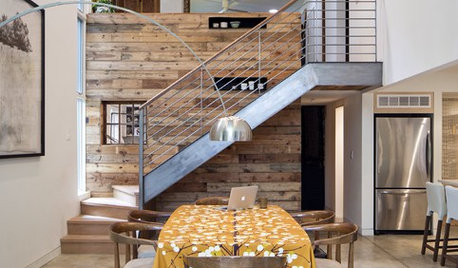
GREEN BUILDINGThe Future of Smart Design: Reuse, Reduce, Recycle
See why reducing waste in a home construction project should appeal to every architect, designer and client
Full Story
KITCHEN DESIGNSmart Investments in Kitchen Cabinetry — a Realtor's Advice
Get expert info on what cabinet features are worth the money, for both you and potential buyers of your home
Full Story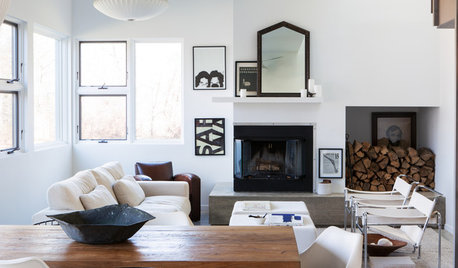
DECORATING GUIDES11 Smart Decorating Ideas for Wall Niches
Don’t let an unusual wall space get you down. Fight back with shelves, plants, firewood, bright colors and more
Full Story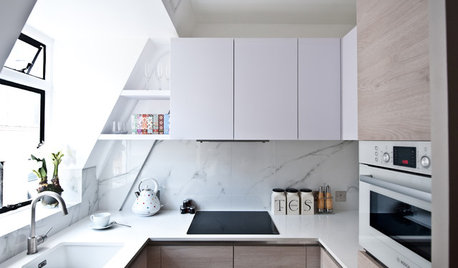
THE HARDWORKING HOMESmart Ways to Make the Most of a Compact Kitchen
Minimal square footage is no barrier to fulfilling your culinary dreams. These tips will help you squeeze the most out of your space
Full Story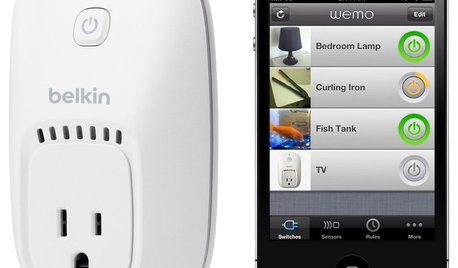
HOME TECHOn the Internet, Nobody Knows You're a Lamp
Home appliances and devices are poised to get on the Internet and start messaging one another. Here's why that'll be great for you
Full Story
ARCHITECTURE15 Smart Design Choices for Cold Climates
Keep your home safe and comfortable in winter by choosing the right home features and systems
Full Story






j0nd03
hairmetal4everOriginal Author
Related Discussions
Smart Pots?
Q
Smart Pot users - some questions...
Q
Smart Pot Split?
Q
Smart Pot Split?
Q
hairmetal4everOriginal Author
j0nd03
hairmetal4everOriginal Author
j0nd03
arktrees
hairmetal4everOriginal Author
j0nd03
hairmetal4everOriginal Author
hairmetal4everOriginal Author
j0nd03
hairmetal4everOriginal Author
lou_spicewood_tx
hairmetal4everOriginal Author
lou_spicewood_tx
j0nd03
hairmetal4everOriginal Author
hairmetal4everOriginal Author
j0nd03
jimbobfeeny
hairmetal4everOriginal Author
hairmetal4everOriginal Author
arktrees
hairmetal4everOriginal Author
hairmetal4everOriginal Author
hairmetal4everOriginal Author
lou_spicewood_tx
hairmetal4everOriginal Author
lou_spicewood_tx
hairmetal4everOriginal Author
lou_spicewood_tx
hairmetal4everOriginal Author
hairmetal4everOriginal Author